You might wonder why a Creative Director would offer advice on becoming a Creative Technologist. For years, I held the title myself and it felt like the perfect fit. I lived the role, designing, building and experimenting across disciplines. My perspective comes from years of crafting, thinking and tinkering, not just theory but practice. I’ve given versions of this talk before, intending to convince creatives to become more Creative Technologist-ish. It feels more pressing today than ever, as AI now challenges us all but also grants us incredible tools to learn and create almost anything you can imagine and to me, that is the most critical part. Imagination.
In many ways, my journey began as a love affair with art, album covers, generative code, games, infographics, books, typefaces and weird Flash websites. Over time, I learned the ropes in design agencies, startups and advertising. I created visuals, decks, user flows and many lines of code. One day, I received the elusive title of Creative Technologist, but I let it go years later. Why? Because the critical piece isn’t the title, it’s a way of thinking.
All this is to say that Creative Technology is not a single defined path but a playspace where people come from vastly different perspectives and directions, almost no one I have met has come from the same background. So, this isn’t going to be a straightforward 1-2-3, and you are magically a Creative Technologist guide, of which I think there are many good already. Instead, it explores how these fragments come together to form the concept of a Creative Technologist. I am most interested in the idea that Creative Technology is a mindset, not just a job title.
What is a Creative Technologist?
Think of a Creative Technologist as someone who navigates two distinct yet interconnected worlds. On one side lies systems, programming languages, algorithms and logic. On the other, the untamed and often infuriating ponderings of the creative mind. Of course, this is nothing new; Leonardo da Vinci was probably a Creative Technologist in his day. It isn’t just about bridging these domains but actively blending and reshaping them to create something new and transformative. It’s about using logic and imagination to innovate in ways neither side could achieve alone. It is crucial to play with and learn to make things with technology, prototype, build and create.
Creative Technologist is really an odd title that most people do not understand. Having lived it, I can tell you that it’s a role that’s misunderstood even within creative industries. Ask six people what a Creative Technologist does, and you’ll probably get six different answers – a coder who dabbles in art, a designer who knows their way around an API, etc etc. They are all true.
But beyond skills and tools, Creative Technology is really just a mindset. It’s about asking, “What if?” and “Why not?” It’s the approach of a curious chef combining ingredients in unexpected ways to create something entirely new. Like the "rogue bees" in nature who ignore the waggle dance of the other bees and explore paths less travelled to find pollen, creative technologists thrive by venturing into the unknown. This approach often leads to uncovering opportunities others might overlook, such as experimenting with unconventional tools or testing ideas that initially seem impractical or expensive. By deviating from well-trodden paths, Creative Technologists open doors to innovation and discovery that might otherwise remain hidden.
We never want to be trapped on a "local maxima," an idea from complexity theory that suggests you may think you’ve reached the greatest summit of innovation, only to realise it’s just one peak among a whole mountain range. To ascend to a higher peak, you often need to descend into valleys of uncertainty, exploring paths that might seem counterintuitive or risky. Adding further complexity, the landscape itself is dynamic, the peaks and valleys shift as technologies and contexts evolve, meaning what is interesting or valuable today may have less meaning tomorrow.
As a Creative Technologist, this means embracing constant exploration and adaptation. It’s about taking risks, stepping into new spaces and questioning established boundaries. For me, it’s always been about connecting disciplines, pushing limits and finding those transformative moments through experimentation and discovery.
The role evolves, but certain constants remain:
Prototyping and development - Building becomes a way of thinking. The act of prototyping reveals insights and transforms abstract ideas into tangible experiences.
Designing for interaction - Crafting experiences that engage emotionally and physically. Creative Technologists unlock deeper connections by interweaving visuals, play and technology.
Exploring new territories - Like rogue bees, they thrive on venturing into the unknown, discovering new possibilities at the edges of creativity and tech.
Collaboration - The magic lies in teamwork. Creative Technologists work with strategists, designers, engineers, and storytellers to create experiences greater than any individual’s vision.
Pushing limits - Avoid settling for “good enough.” True innovation lives in the “next maxima.”
Be more “rake”
Today’s creative landscape demands that every artist, designer, coder and storyteller be ready to break open silos and work across the boundaries. So, let’s dive into why this mindset is key and how it will shape the next era of creative innovation.
If you’ve heard of the “T-shaped” person, someone with deep expertise in one area and broad knowledge across others, I like to think of Creative Technologists as “rake-shaped.” While T-shaped people have a single deep area of expertise alongside broad general skills, rake-shaped individuals have multiple vertical spikes of mastery in key disciplines like coding, design or storytelling, supported by a broad horizontal base of general knowledge. This structure reflects the dynamic and multifaceted nature of the work, where multiple deep skills are often necessary to connect and innovate across domains.
Technical - Mastery isn’t required, but fluency is. Play with tools like Unity, Processing, or Three.js and let your projects guide your toolbox
Playful experimentation - The ability to tinker and explore is vital. Some tools will lead nowhere, but others will ignite entirely new ideas and approaches to projects.
Human-centric - Technology should connect emotionally and inspire, whatever medium or type of project.
Empathy and communication - Collaboration across disciplines demands clear communication and the ability to embrace new perspectives of those on and off the team.
Context - Understanding the problem or space you’re solving for, whether it’s brand engagement, public art or immersive storytelling. You are a creative, a designer, a thinker, not just a maker of tools.
Technology is a creative playground
A Creative Technologist looks at any technology and sees not a set of rigid tools but a palette of potential. It’s a living medium to bend, break, remix and play with. Nam June Paik, the pioneer of video art, saw television screens as sculptures waiting to be twisted and distorted, not merely boxes for content. It’s that mentality that defines how we approach technology today: VR can transport you to fantastical worlds and simulate extreme experiences; AI can create art and compose music autonomously; projection mapping can turn an entire building into a dynamic, ever-changing canvas for mind-bending visual spectacles. Each technology is a set of building blocks full of creative potential. Every technology shapes how we experience stories and Creative Technologists treat that like an invitation to experiment. The point isn’t to “get it right,” but to make tech misbehave, break conventions and explore what could happen. Every piece of technology is an open canvas for play and experimentation.
Creativity is not about the final product but the process, the experimentation and the happy accidents. It’s an act of constant dialogue with your tools, materials and ideas, where every failed prototype, buggy piece of code and misfire is a step towards finding something new. Sparked with the question of ‘What if’. Creativity is fluid and ever-changing. A Creative Technologist sees the potential in a technology and says what can I do with this.
This mindset isn’t new, either, the history of computing is littered with people. Douglas Engelbart, who invented the mouse, wasn’t just making a device; he was rethinking how humans interact with technology. The point wasn’t to refine a single object but to broaden what creativity could mean in the digital age. Creative Technologists today take the same approach: it’s about being open to change, embracing error and letting the process guide you into unexpected territory.
Creative Technologists exist at the intersection of art, code, storytelling and design. They’re comfortable in each but confined to none. This fluidity allows us to break conventions and create multi-layered experiences, from immersive AR to data-driven narratives. It’s not just about tools but about shaping the stories and experiences that emerge from them.
Being creative with technology:
Curiosity as a compass - The best work comes from an insatiable curiosity about both art and technology. Exploring new tools isn’t just a task, it’s a joy, you want to see whats possible.
Resilience in ambiguity - The path to innovation is rarely linear. Projects may fail, but each experiment feeds the next. Get messy. Do not worry about perfect.
A builder’s mentality - You have to enjoy creating, whether sketching an idea or building a prototype with code or physically.
Tech beyond gimmicks - Ask yourself: Is this meaningful? Does it spark wonder or solve a real problem? It is easy to get stuck in the shiny object space with creative tech.
Choose your own career
Creative technology is a field without borders, and at times, this can feel confusing, lonely and alienating. To navigate this uncertainty, it helps to embrace adaptability and cultivate a willingness to learn from every step. Building a strong support network of peers, staying curious about emerging trends and constantly reinventing what you do will go a long way. It can be tiring, but it is also your path, no one else’s, not something many people can say. Remember, it’s a space where the path is often unclear, but that ambiguity is what opens the door to creativity and innovation. I’ve worked in global design studios, startups and sprawling ad agencies, but I’ve also seen peers thrive in cultural institutions, research labs and solo ventures. The common thread? An appetite for exploration and a drive to redefine the possible, which includes your role and career trajectory.
Transitioning into Creative Technology doesn’t require a giant leap, it’s a series of thoughtful steps:
Embrace the mindset - Start asking, “What can I do with this?” Approach it with curiosity, whether it’s a new tool, platform, programming language or AI service.
Prototype quickly - Build messy, quick versions of ideas. See what breaks and learn from it. It is not about writing perfect code, but expressing an idea and using it to iterate.
Build a portfolio - Start small. Generative art, interactive websites or AR experiments are your playgrounds for discovery.
Learn some tools - Platforms like openFrameworks, Blender, Processing, Framer, Unity, Unreal, React, TouchDesigner or Arduino are great starting points and a million others. Let your curiosity guide your choices.
Collaborate broadly - Work with people outside your field—engineers, dancers, scientists.
Stay inspired - Draw from your passions. For me, storytelling and design have always been the foundation of my work. Find what inspires you.
Use AI - You can do a lot with Cursor, ChatGPT and Claude. It can teach you, you can ask questions, it can write code for you in languages you have never touched or thought about.
Conclusion
Creative Technology isn’t just a single career path. It’s a way of thinking. In a world where the future of creative jobs is increasingly uncertain, simply being good at concepts is no longer enough. In a world where some clients are already coming to meetings with their own ideas and “thoughts”, created using ChatGPT and Midjourney, the role of the creative has to evolve. We all need to embrace technology as a creative medium to stay relevant. Just like a filmmaker needs to understand lenses, framing, shutter speeds, lighting, composition and scriptwriting, creatives today must dive into the tools and processes that shape their medium. It’s an invitation to rethink boundaries and explore new possibilities. It is an opportunity to make weird and wonderful work.
Adopting a creative technology mindset isn’t about knowing every tool or technique; it’s about letting go of silos, breaking conventions, and letting your multiple skills intertwine. Creativity in the digital age isn’t about a single lane; it’s about a sprawling network of possibilities. The world of Creative Technology is ever-evolving and ever-changing and it belongs to those ready to dig into new ideas, and let the process shape what’s possible.
Looking back, I see how each project, failure and discovery shaped my path. So, I’ll leave you with this: What will you build? What excites you? What stories will you tell? And how will your curiosity shape the evolving canvas of creative technology?




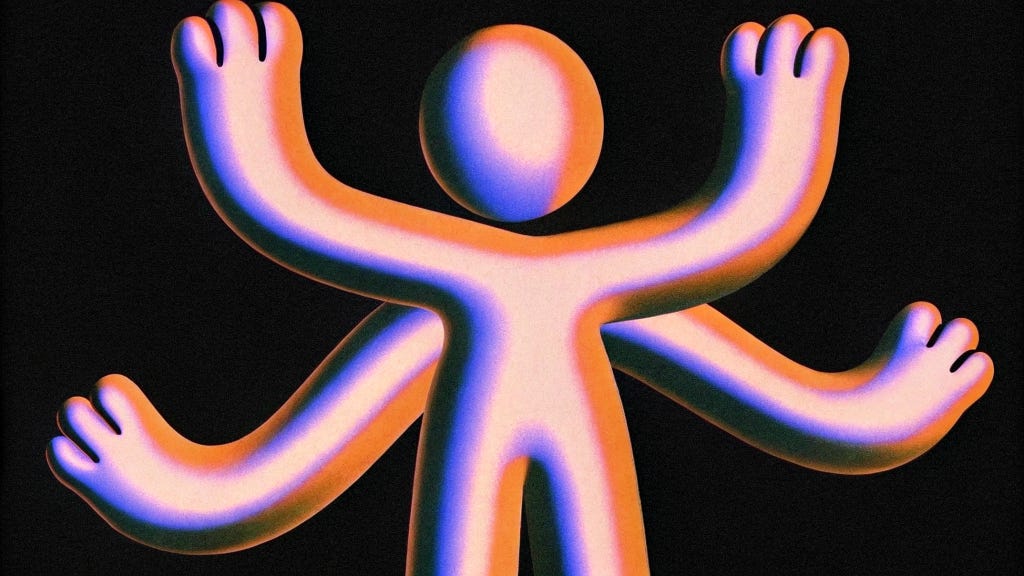
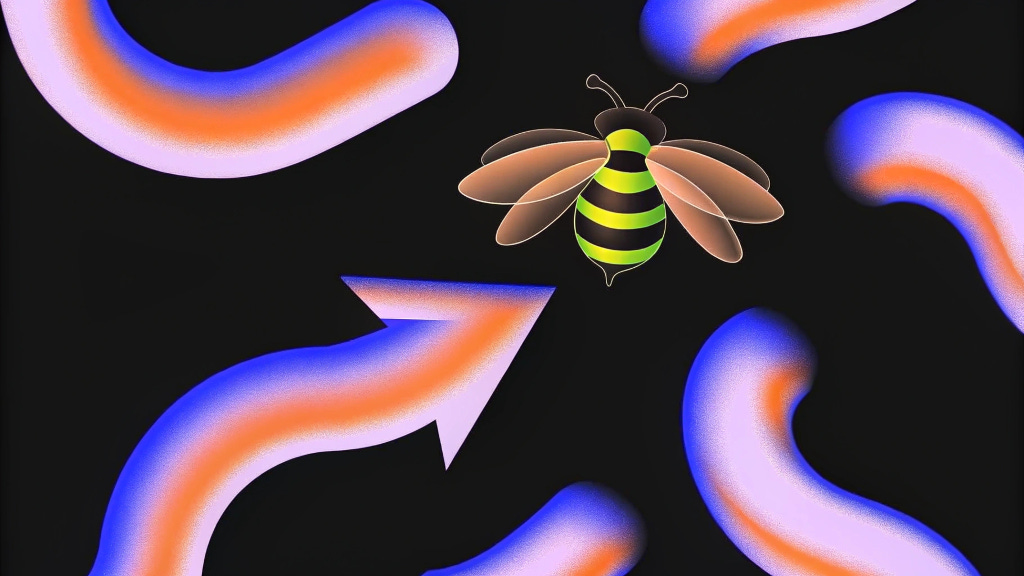
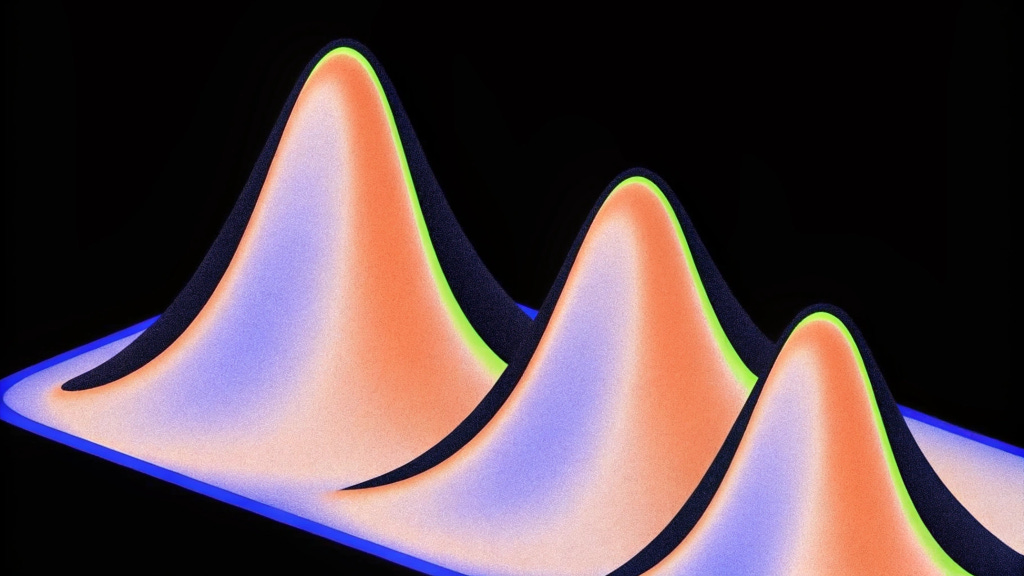
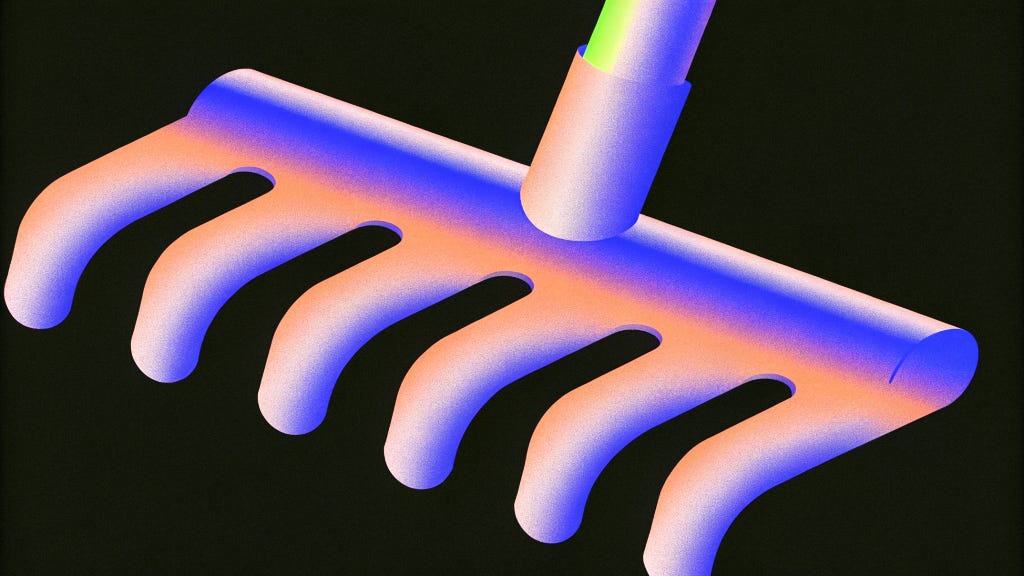
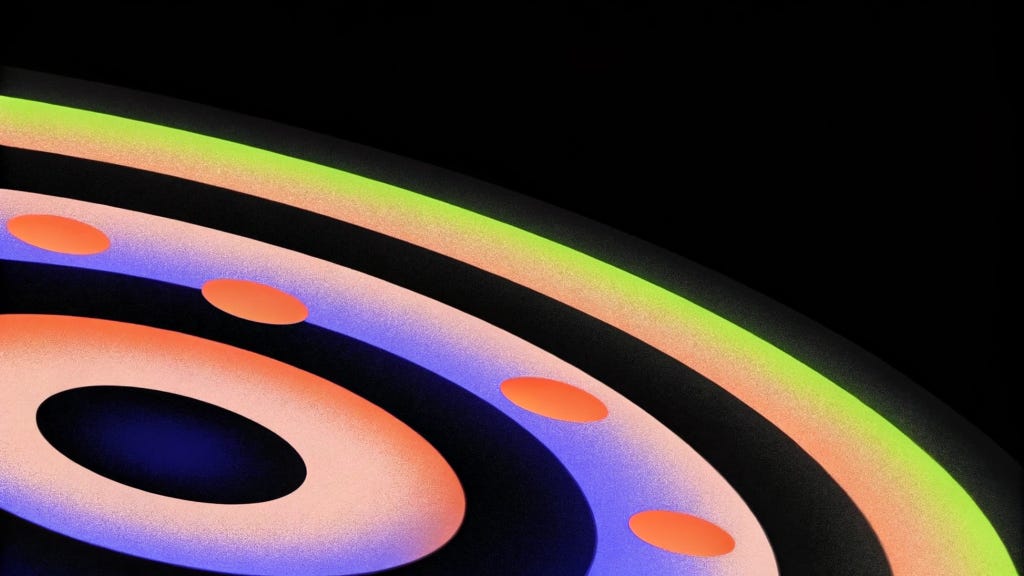
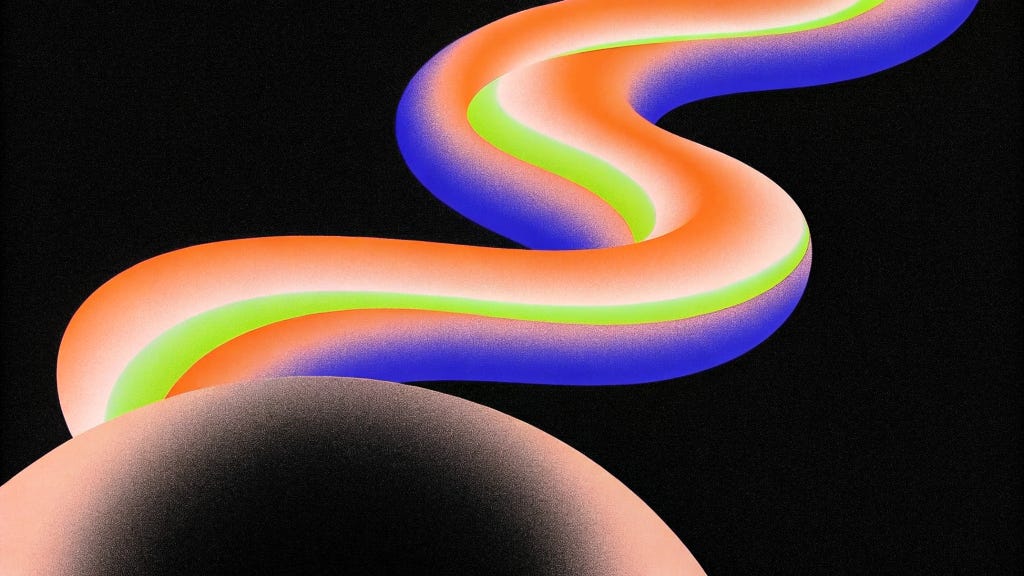
Loved this! Great articulation